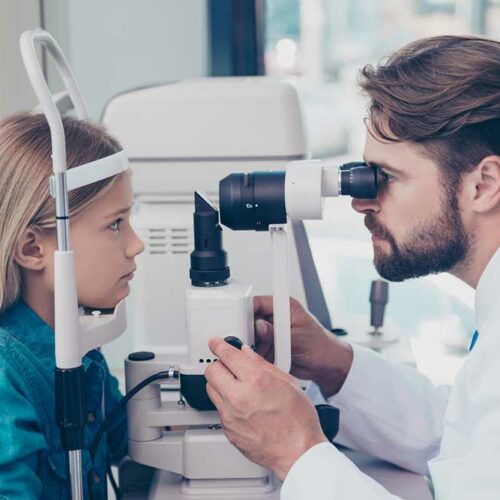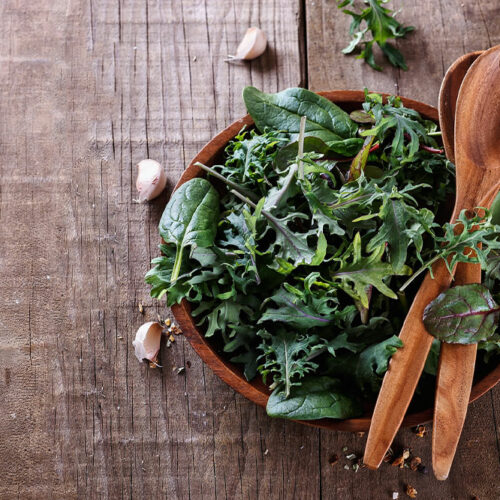5 health benefits of swimming

While three-quarters of the planet is water, many fear venturing into it. Fortunately, knowing how to swim helps overcome the fear of water and can save one’s life in a sea emergency. Swimming is an immensely popular recreational activity and sport, especially with the availability of community swimming pools in societies, gymnasiums, etc. In addition to being enjoyable and relaxing, swimming has several health benefits for the body and mind. Enhances cardiovascular fitness and lung health Since swimming is an excellent cardio activity, it causes the heart to pump blood and oxygen to different body parts more than usual. This way, the body learns to utilize oxygen better, improving heart and lung health. In fact, swimming is advised for many people with asthma, chronic obstructive pulmonary disease, and other respiratory conditions. Helps lose those extra pounds Since swimming engages the entire body, from arms and shoulders to legs, core, and glutes, it is a highly effective way to shed some extra pounds and burn calories. Studies have shown that a person weighing 155 pounds burns nearly 432 calories by swimming. Improves cognition Besides enhancing physical health and fitness, swimming also has several benefits for the brain, such as improved memory, cognition, mood, and immune response.






